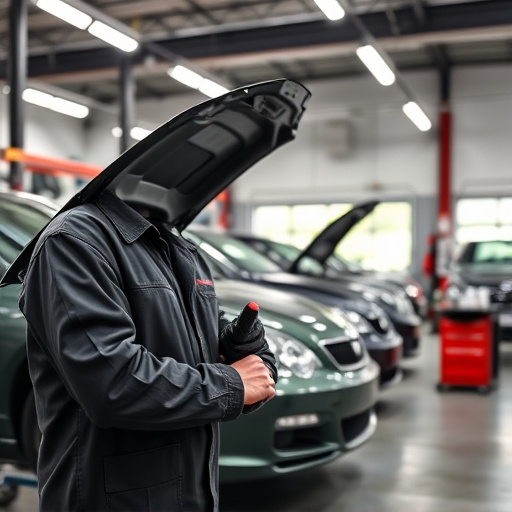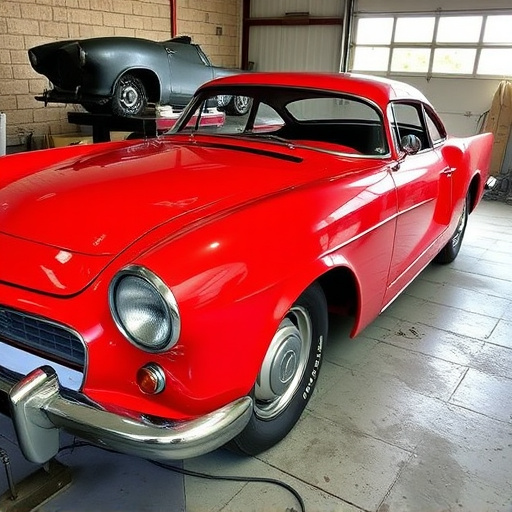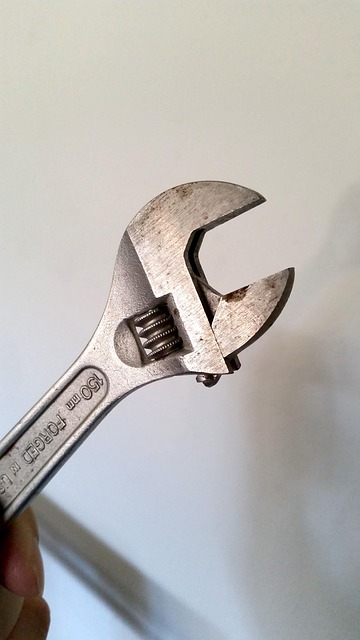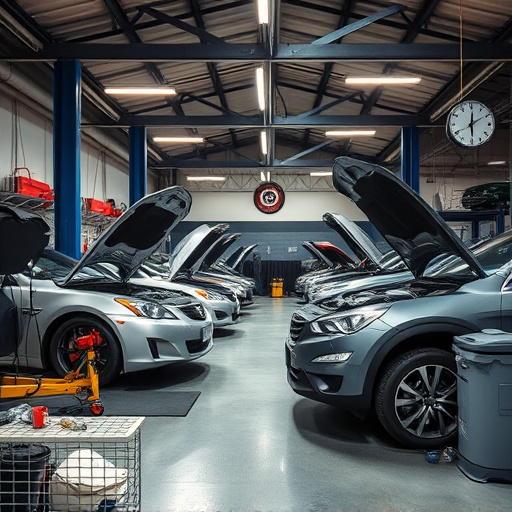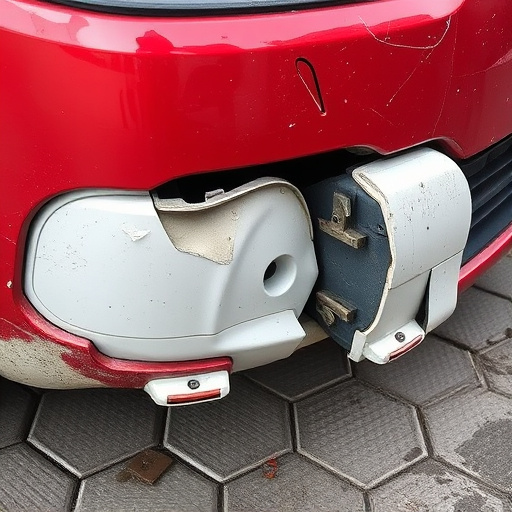Choosing between OEM and aftermarket parts for auto body shop services involves weighing quality versus cost. OEM parts, though pricier and with longer lead times, offer superior compatibility, performance, and reliability for intricate repairs, ensuring top-notch results. Aftermarket parts are more affordable and readily available, suitable for simpler repairs or quicker turnarounds, as they meet or exceed OEM specifications while saving time and money. Auto body shops consider budget, customer preference, warranty, and part availability when deciding, ultimately aiming to provide efficient, effective, and cost-satisfactory services.
“In the realm of auto body shop services, the choice between Original Equipment Manufacturer (OEM) and aftermarket parts is a strategic decision that can impact repair quality, cost, and customer satisfaction. While OEM parts offer genuine, factory-specifications, aftermarket alternatives provide potential cost savings and unique benefits. This article aims to guide auto body shops through a comprehensive overview, weighing the pros and cons of each, ultimately helping them make informed decisions to enhance their service offerings.”
- Understanding OEM and Aftermarket Parts: A Comprehensive Overview
- The Pros and Cons of Using OEM Parts in Auto Body Shops
- Aftermarket Parts: Benefits and Considerations for Auto Body Shop Services
Understanding OEM and Aftermarket Parts: A Comprehensive Overview

In the realm of auto body shop services, choosing between Original Equipment Manufacturer (OEM) and aftermarket parts is a significant decision that impacts both quality and cost. OEM parts are those specifically designed and manufactured by the vehicle’s original producer, adhering to their exact specifications and standards. They are often seen as the premium option, offering seamless compatibility, superior performance, and a guaranteed match for the make and model of the vehicle. On the other hand, aftermarket parts, also known as replacement or generic parts, are produced by third-party manufacturers and designed to fit various makes and models. These parts can be a more affordable alternative but may not always provide the same level of precision and reliability as OEM parts.
When it comes to auto glass repair or car bodywork, auto body shop services typically consider factors like budget, customer preference, warranty coverage, and part availability. Aftermarket parts can be a cost-effective solution for simpler repairs or when customers seek a quicker turnaround time. However, for more intricate car bodywork or to ensure long-term reliability, OEM parts are often the preferred choice among auto repair services, allowing them to deliver top-notch results and maintain customer satisfaction.
The Pros and Cons of Using OEM Parts in Auto Body Shops

Using Original Equipment Manufacturer (OEM) parts in auto body shops has its advantages and disadvantages. One of the key benefits is ensuring superior quality and precise fitment. OEM parts are designed specifically for a particular vehicle model, ensuring they align perfectly with the car’s make and model, which can be crucial for complex repairs like fender repair or auto body painting. This precision can lead to better structural integrity and a more seamless finish, enhancing the overall appearance of the repaired vehicle.
However, relying on OEM parts also has drawbacks. They tend to be more expensive than aftermarket alternatives, which can significantly impact the cost of body shop services. For budget-conscious consumers or auto body shops aiming to offer competitive pricing, this might not be an ideal choice. Additionally, lead times for OEM parts can be longer, potentially delaying the repair process. Nevertheless, in cases where a vehicle’s safety and performance are critical, especially for older models or unique vehicles, using OEM parts is often the preferred choice for ensuring long-lasting reliability.
Aftermarket Parts: Benefits and Considerations for Auto Body Shop Services

Aftermarket parts have become an increasingly common choice for auto body shop services, offering several advantages over original equipment manufacturer (OEM) components. For one, aftermarket parts are often more affordable, making them an attractive option for both shops and their customers, especially when dealing with extensive collision repairs or multiple car dent repairs. This cost-effectiveness can be a significant factor in a competitive market, allowing auto body shops to provide budget-friendly solutions without compromising quality.
Moreover, the availability of aftermarket parts ensures that auto body shop services can source replacement components swiftly and efficiently. This speed is crucial in time-sensitive repair processes, such as urgent car paint repairs. While some may concern themselves with potential quality issues, reputable suppliers offer a wide range of options, including high-quality alternatives that meet or exceed original specifications. These parts contribute to the overall efficiency and effectiveness of collision centers, enabling them to deliver timely services and potentially reduce turnaround times for customers.
When it comes to choosing parts for auto body shop services, both Original Equipment Manufacturer (OEM) and aftermarket options offer unique advantages. OEM parts ensure precision fitting and superior quality, reflecting the vehicle’s original specifications. However, they can be more expensive. Aftermarket parts, while potentially costing less, may require slight adjustments for a perfect fit and might not always match the same exacting standards as OEM. Auto body shops must weigh these factors, considering customer budgets and desired outcomes, to make informed decisions that ensure top-quality repairs and customer satisfaction.






